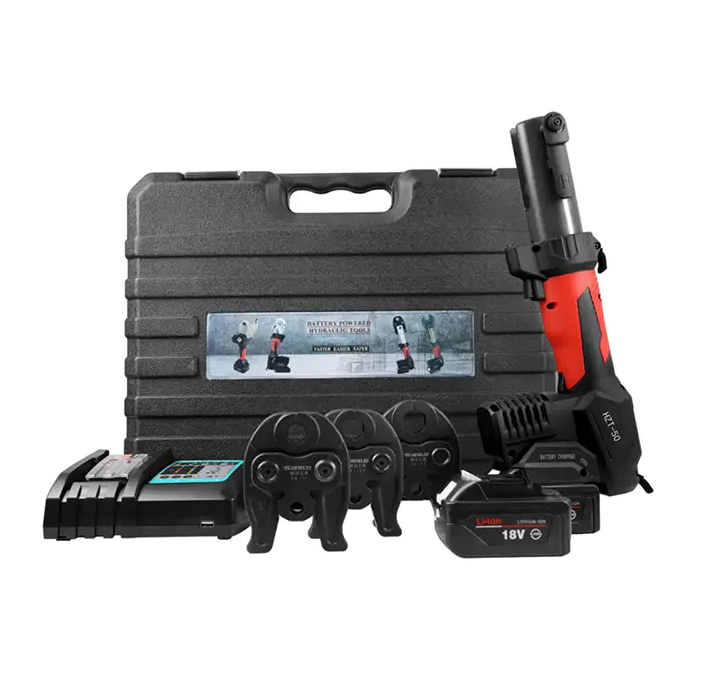Investment Considerations: Cordless PEX Crimping Tool vs Hydraulic Crimping Tool

For professionals and serious DIYers, the financial implications of choosing between a Cordless PEX Crimping Tool and a Hydraulic Crimping Tool weigh heavily. The initial cost of a quality cordless unit includes battery, charger, appropriate dies; many come complete with several sized crimp rings. A hydraulic unit, particularly one that can handle multiple sizes and has durable dies, may cost more upfront owing to the components required to sustain pressure, strength, and safety.
However, return on investment comes via reduced labor time, fewer errors, and longer lifespan. A Cordless PEX Crimping Tool can speed up minor jobs, eliminate the need for additional power infrastructure on jobsites, and reduce setup/cleanup time. When savings in time are aggregated across many smaller jobs, the cordless tool can pay off its cost over time. Battery replacement or charger replacements must be factored in but often spread over many uses.
Hydraulic Crimping Tool investment tends to shine when high volume or heavy-duty work is regular. In such cases the ability to achieve high crimp force more consistently means fewer rework tasks, fewer leaks or failures, which translates to fewer callbacks or warranty issues. Also, able to handle larger fittings means one hydraulic tool may replace several lighter tools, reducing tool count and storage/transport costs.
Operating costs matter too: battery charging or replacing versus hydraulic fluid, seal replacement, calibration, die wear. Cordless tools may require spare battery packs and chargers; hydraulic tools require spare dies and maintenance of hoses, seals, and pressure components. Length of down-time for maintenance also impacts cost. For example, if a hydraulic tool is out of service for seal replacement, that may halt many tasks; cordless tools may degrade but still function under lighter loads or less frequently.
In conclusion, calculating cost per crimp or cost per job over a year or more often makes the difference. If usage is sporadic, the cordless path may yield higher total value for lower investment. If usage is heavy, demanding, or involves large fittings, hydraulic route may deliver greater return. Understanding your typical project profile, frequency of crimps, and required pressure helps settle which tool delivers more value in your specific business or personal applications.
- Art
- Causes
- Crafts
- Dance
- Drinks
- Film
- Fitness
- Food
- Spellen
- Gardening
- Health
- Home
- Literature
- Music
- Networking
- Other
- Party
- Religion
- Shopping
- Sports
- Theater
- Wellness



